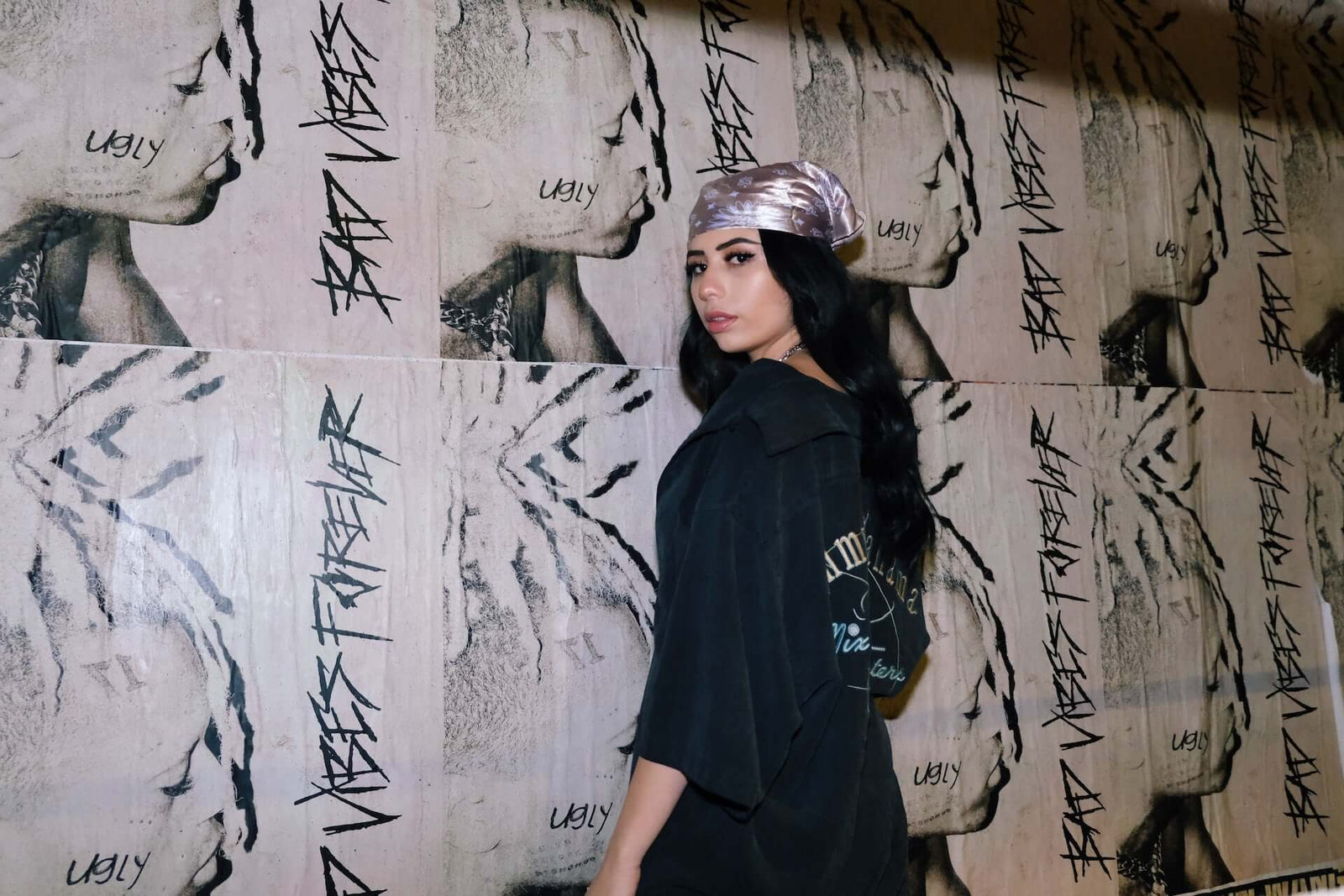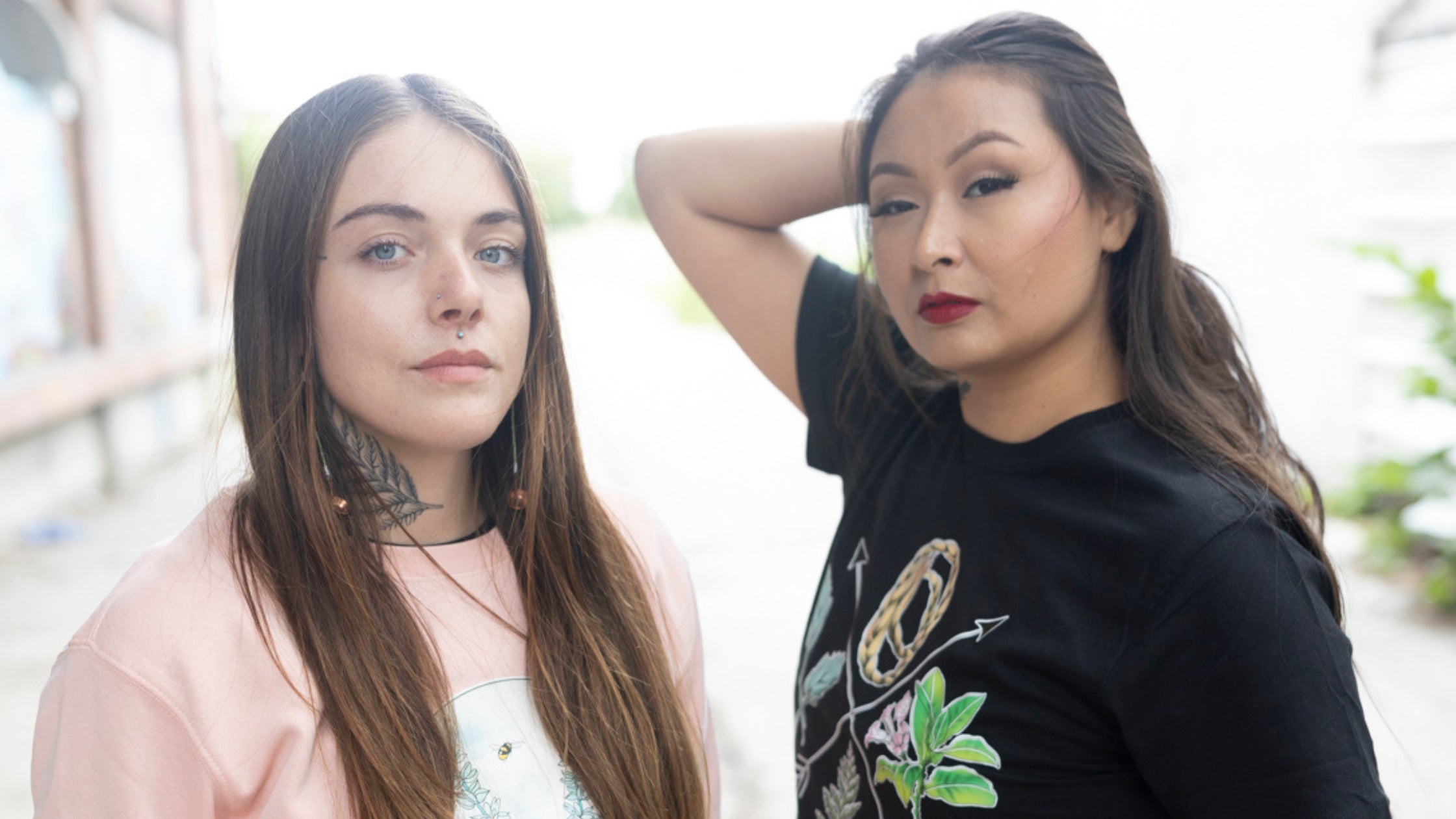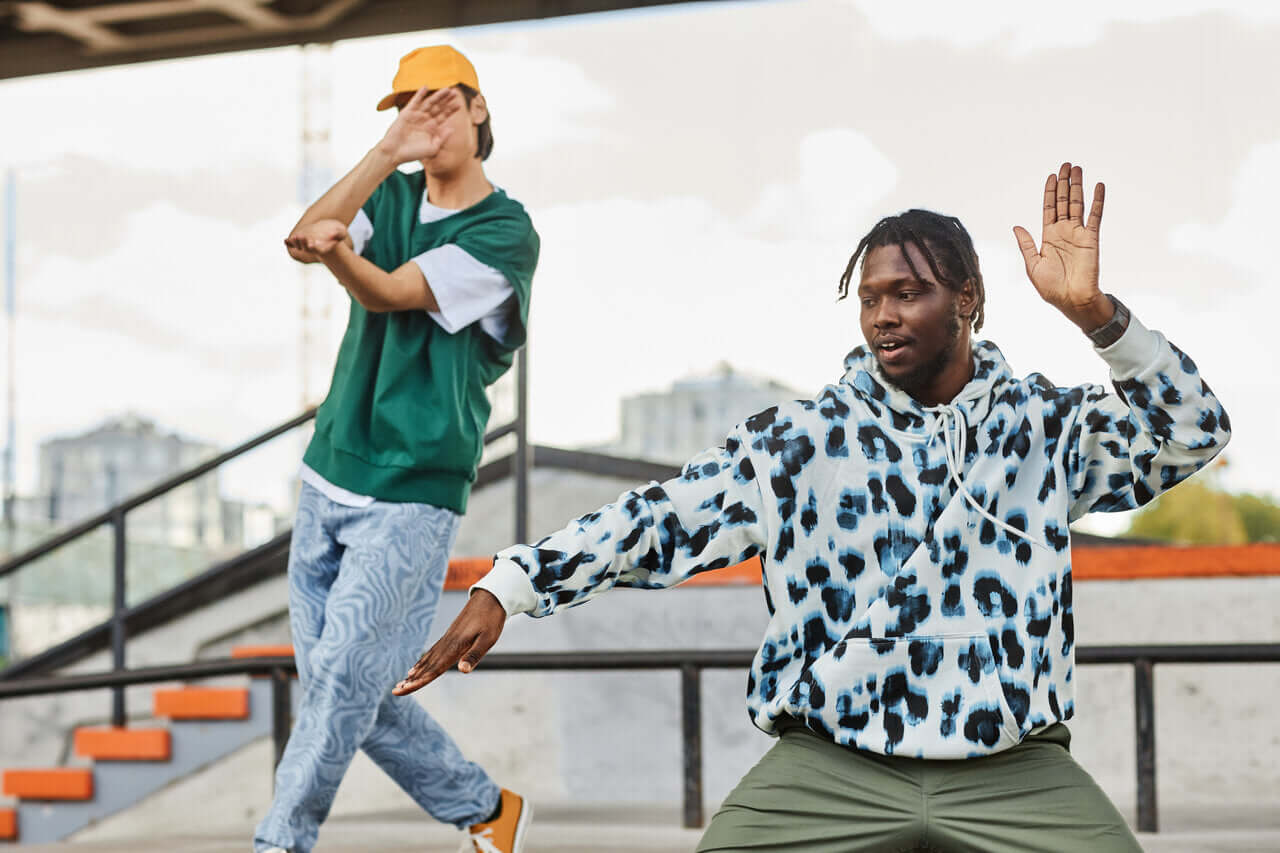Exploring Collaborations Between Indigenous Streetwear Brands and Non-Indigenous Designers

As Indigenous streetwear continues to capture the hearts and minds of fashion enthusiasts worldwide, it becomes increasingly apparent that collaboration can be a powerful tool to expand the reach and impact of these culturally-rich designs. The fusion of Indigenous artistry with contemporary trends offers exciting possibilities for fashion devotees, fostering innovation and bringing diverse perspectives to the forefront.
In recent years, there has been an upsurge of creative collaborations between Indigenous streetwear brands and non-Indigenous designers. These dynamic partnerships forge a space where tradition meets modernity, weaving together distinctive cultural motifs with cutting-edge designs that captivate audiences and celebrate the richness of Indigenous heritage.
In this blog post, Red Rebel Armour will delve into the world of collaborations between Indigenous streetwear brands and non-Indigenous designers, exploring the benefits, challenges, and opportunities that arise from these unique partnerships. Our exploration will include the importance of maintaining cultural integrity and authenticity, the role of collaboration in promoting cultural exchange and understanding, and the potential of these partnerships to elevate the global profile of Indigenous streetwear and change the fashion landscape on a wider scale.
Join us as we embark on this compelling journey into the realm of creative collaboration in Indigenous streetwear, and uncover the transformative potential of these partnerships in shaping the future of fashion as a force for unity, empowerment, and celebration of our world's diverse cultural tapestry.
Maintaining Cultural Integrity and Authenticity
A significant aspect of collaborations in Indigenous streetwear involves the challenge of maintaining cultural integrity and authenticity while incorporating contemporary elements from non-Indigenous designers. Collaborative projects must strike a delicate balance that respects the cultural roots of Indigenous streetwear and ensures the authenticity of traditional symbols and motifs.
The key to achieving this balance lies in open communication and active collaboration between Indigenous and non-Indigenous partners. By fostering a mutual commitment to cultural preservation, designers can work together to create avant-garde pieces that uphold the essence of Indigenous heritage and resonate with consumers across diverse backgrounds.
Promoting Cultural Exchange and Understanding
One of the primary benefits of collaborations between Indigenous streetwear brands and non-Indigenous designers is the opportunity for cultural exchange and understanding. These partnerships often lead to a fusion of artistic styles, bringing disparate creative traditions together to produce a fresh, captivating visual language.
Collaborative efforts can spark discussions about the significance of Indigenous art and cultural heritage, encouraging non-Indigenous designers and the broader fashion industry to engage in meaningful conversations and develop deeper appreciation for Indigenous values and traditions. This cross-cultural exchange ultimately helps promote a more inclusive, diverse, and enlightened global fashion community.
Elevating the Global Profile of Indigenous Streetwear
Through these creative partnerships, the global profile of Indigenous streetwear can be significantly elevated. When Indigenous and non-Indigenous designers join forces, they increase the potential for innovation and broaden the appeal of Indigenous streetwear designs.
This expansion of reach benefits both Indigenous communities, as their cultural narratives gain wider exposure, and the global fashion industry, as it diversifies and becomes more inclusive. As a result, collaboration promotes the growth of Indigenous streetwear as a vital player on the international fashion stage, reshaping the industry and paving the way for greater representation of diverse cultural voices.
Overcoming Challenges and Seizing Opportunities
While there are numerous benefits to collaborations between Indigenous streetwear brands and non-Indigenous designers, challenges can arise, such as ensuring fair representation and avoiding cultural appropriation. Addressing these issues requires open dialogue, mutual respect, and adherence to ethical guidelines throughout the collaboration process.
By understanding and navigating these challenges, Indigenous streetwear brands and non-Indigenous designers can seize opportunities for growth and innovation, creating a vibrant, ever-evolving fashion landscape. These creative partnerships have the potential to inspire and influence the future trajectory of the fashion industry, championing diverse perspectives and pushing the boundaries of design.
Conclusion
The fusion of tradition and trend through collaborations between Indigenous streetwear brands and non-Indigenous designers holds immense transformative potential for the fashion industry. As these partnerships gain momentum, they create opportunities for cultural exchange, promote understanding between cultures, and facilitate innovation that transcends geographic and ethnic barriers.
By embracing and supporting these collaborative initiatives, you become an active participant in the evolution of the fashion world toward a more diverse, inclusive, and well-rounded industry that celebrates the global tapestry of cultural heritage. These unique partnerships challenge convention, promote unity, and serve as a testament to the rich tapestry of human creativity.
As you explore the captivating synergy of traditional indigenous clothing styles combined with contemporary design elements, let your fashion choices reflect your commitment to diversity through Red Rebel Armour’s collection. In doing so, you join a global movement that celebrates the beauty of our world's intricate cultural mosaic and underscores the vital role that Indigenous streetwear plays in shaping the future of fashion.







